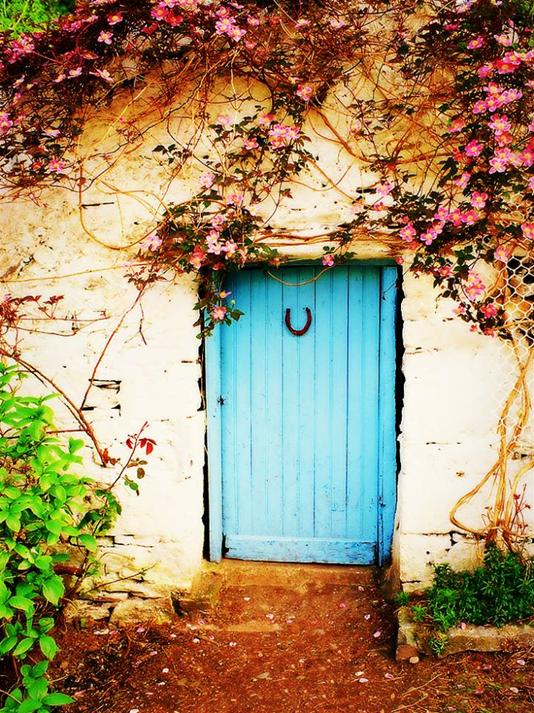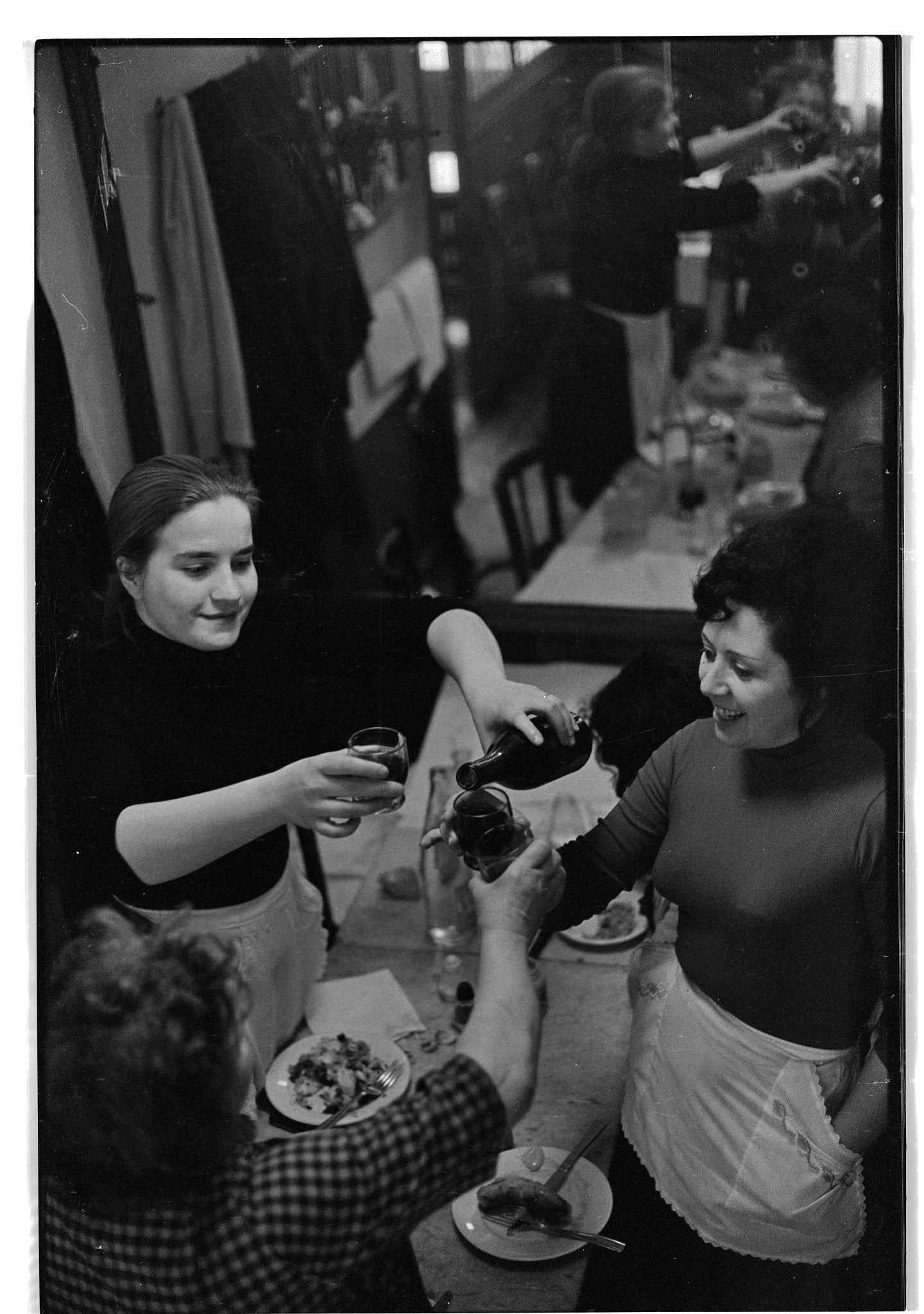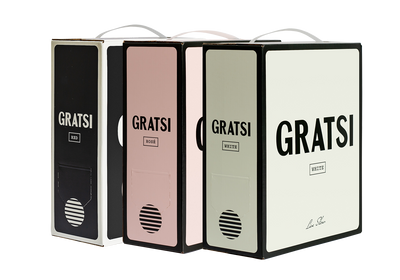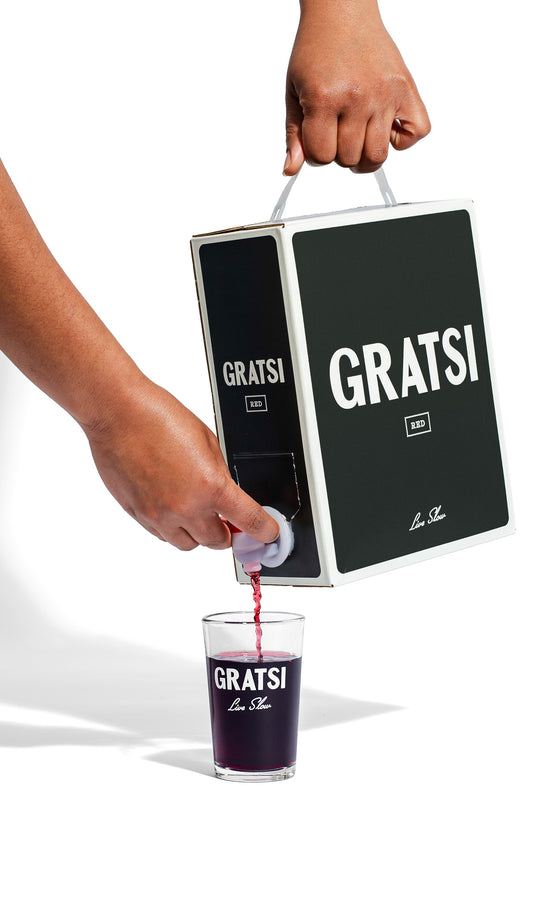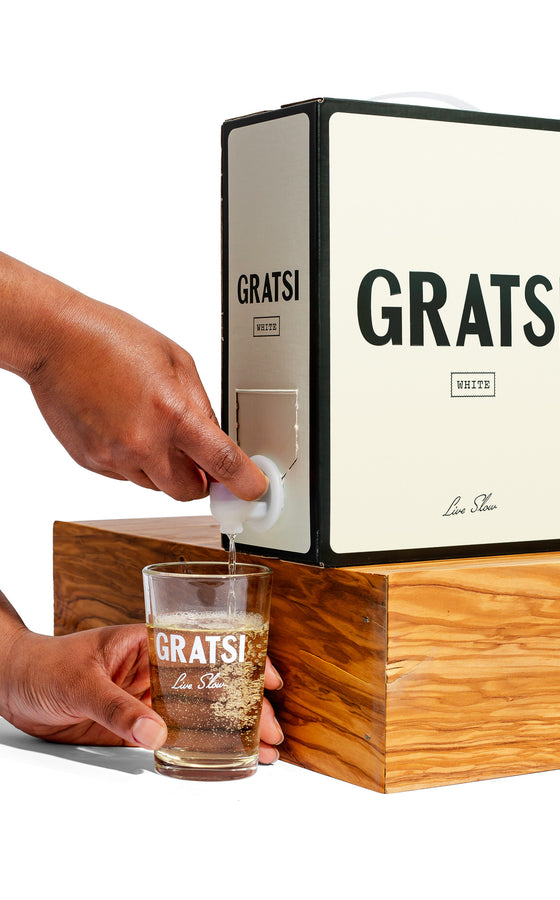Lady Luck Across the Mediterranean
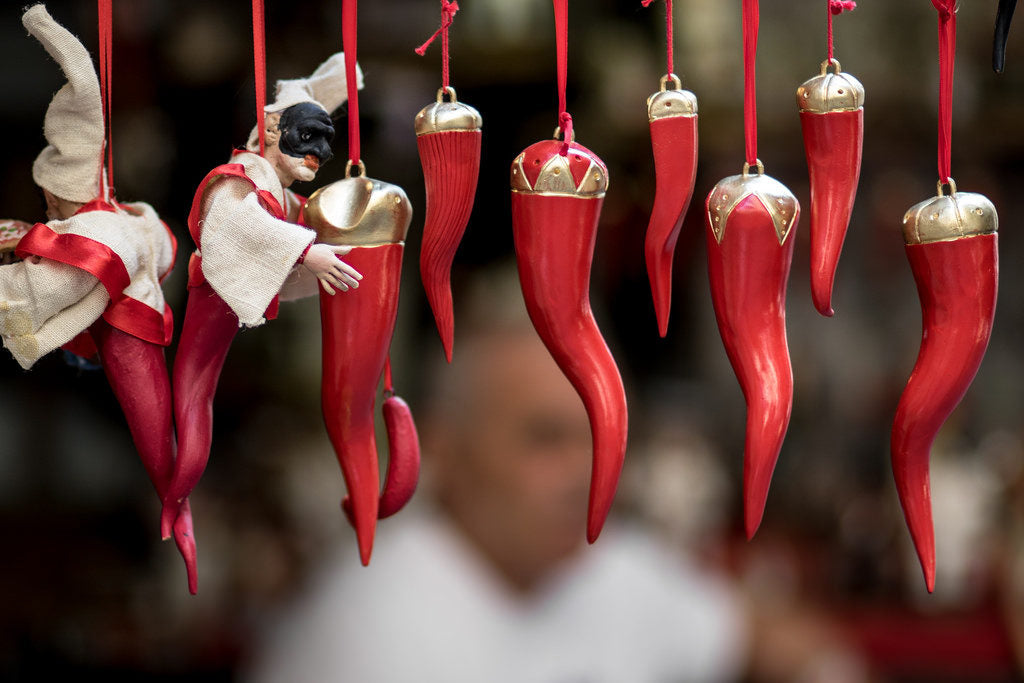
Buona Fortuna
Lady Luck Across the Mediterranean
By Antonia Fest
September 25, 2023
Wishing someone good luck is a common adage bestowed on friends or loved ones throughout the world. But some don’t just take their chances and prefer to place their faith in symbols or charms which guarantee good fortune and ward off harmful omens. These vary from country to country, region to region and even household to household. Belief in these has often spanned centuries or millennia making for fascinating origins and uncompromising traditions. Here are some symbols across the Mediterranean which are considered to carry good fortune to their believers.


GREECE
καλή τύχη!
A universally recognisable symbol which has become a common souvenir to bring home from Grecian travels, the blue evil eye - more traditionally known as the mati – has a history which extends far beyond the tourist and trinket shops.
Dating back more than 5000 years, the mati was found on drinking cups as a protective vessel for its users. The identifiable eye symbol was depicted in ceramic and clay but after the introduction of glass manufacture in the Mediterranean in about 1500 BC, beautiful beads with multi-coloured concentric circles became popular among many ancient civilisations in Greece and beyond. It is said that around 40% of the world’s population relies on the concept of the evil-eye but the beautiful blue mati form has become a quintessential Greek symbol. Beyond its aesthetic value, the evil eye is supposed to absorb any negative or evil spirits and protect the owner from any targeted curses.
As well as this famous Greek emblem of fortune, there are also more obscure ones such as the pomegranate. Smashing the bulbous red fruit is a particular tradition on New Year’s Day which also originates from Ancient Greece. Its multiple scarlet seeds are considered signs of life, luck and health in the year to come. In Greek mythology, it also represents fertility and rebirth, which is favoured in modern interpretations too.
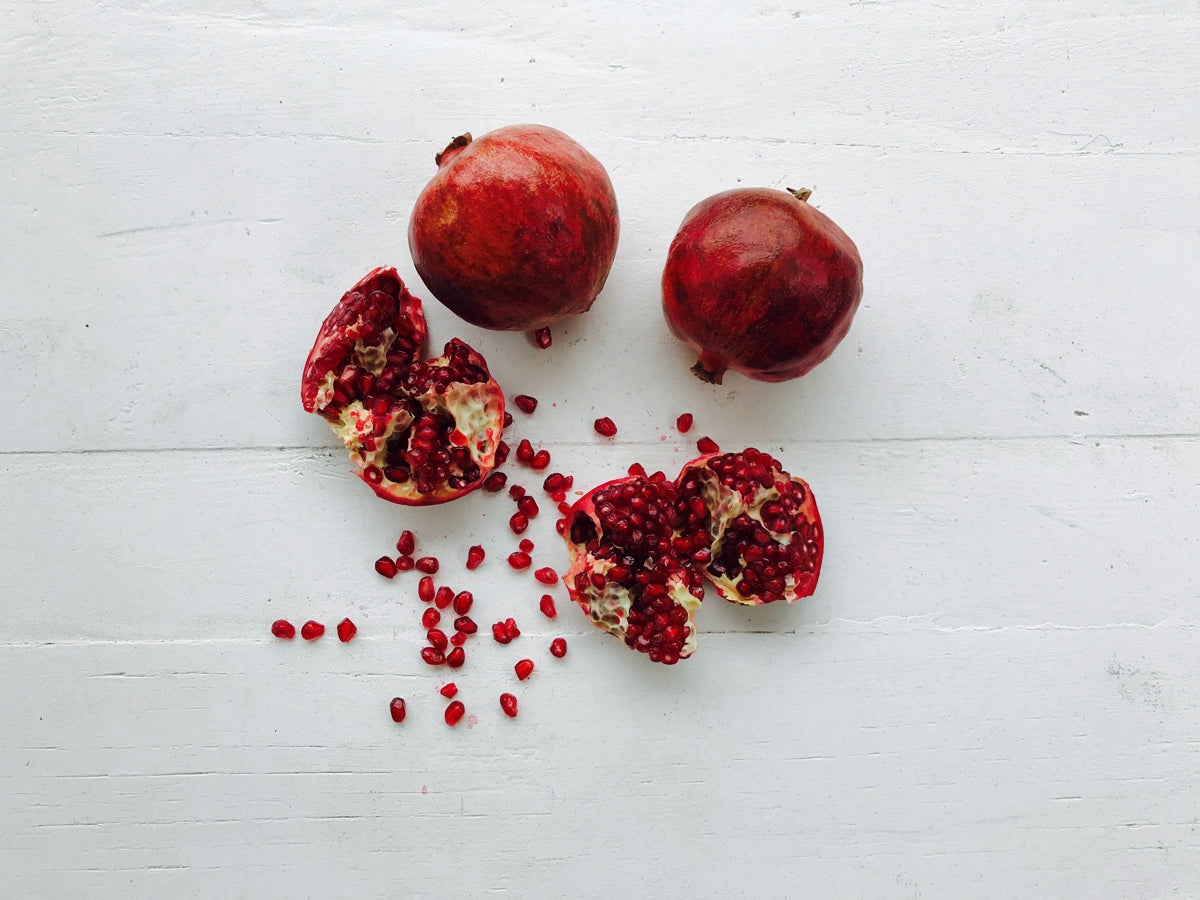
ITALY
buona fortuna!
The most common symbol of good luck in Italy is the cornicello (the horn). It is often found dangling around necks, on earrings or on bracelets as a perpetual protection from the malocchio (the evil eye). They are also hung above doors and windows to ensure an unobstructed home. Their form, a red twisted chilli is also a physical talisman of strength, fertility and virtue. It is believed to have existed since the ancient Roman period with visual remains being uncovered in Pompeii and Naples. An emblem which has endured thousands of years must surely have some proven benefits…
A pine cone is another good luck charm most commonly found on Sicilian balconies, hallways or doorsteps. As the fruit of an evergreen tree, the cone embodies eternal well-being, cyclical growth and lasting protection. Furthermore, the cone’s hundreds of seeds are said to be a strong harbinger of fertility and a ceramic version is therefore often gifted to newlyweds.
There are more timely symbols. When Italians move home, conventional gifts include a new broom, salt and olive oil. The broom represents a clean home and one where evil is swept away; the salt signifies good physical and mental health (a pinch of salt should be sprinkled at the threshold of the front door) and the oil — the foundation of most Italian meals — embodies a home that will always be full of food!

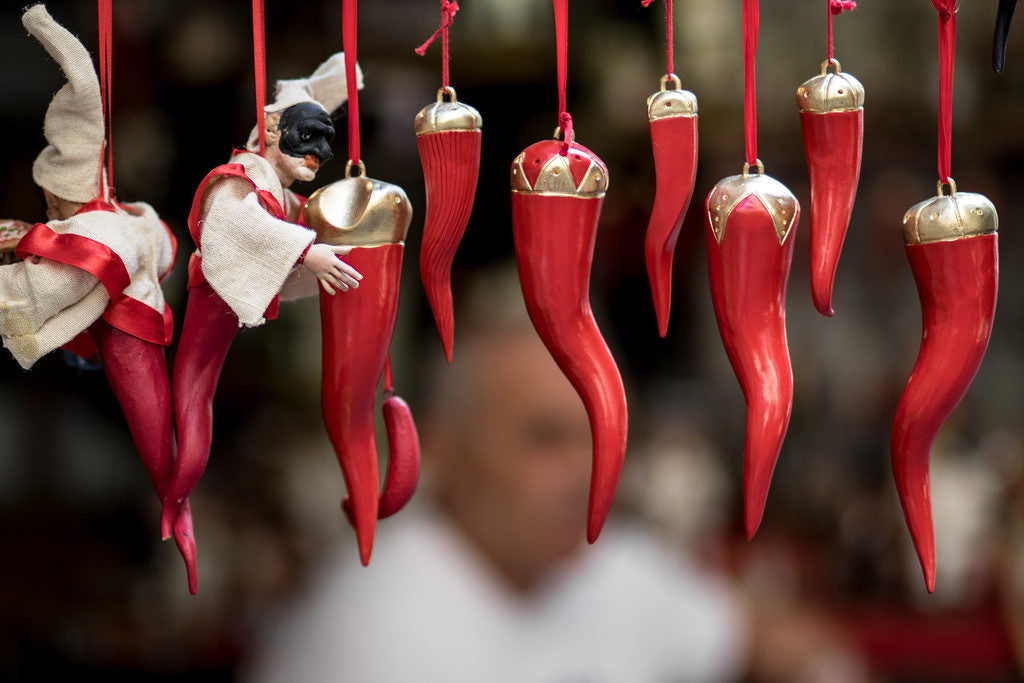

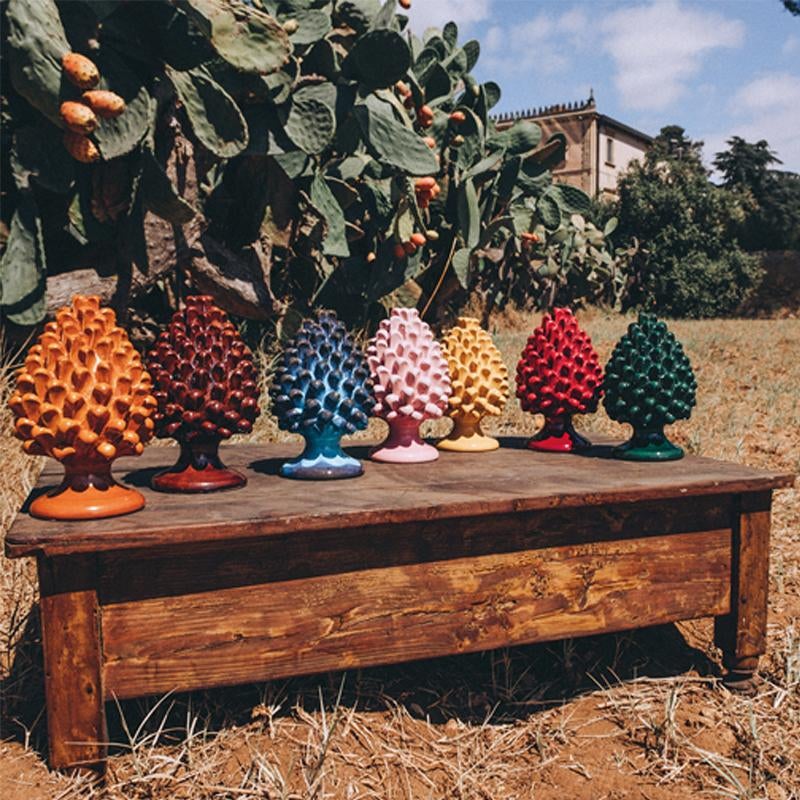
SPAIN
¡buena suerte!
The Indalo man was discovered in the 19th century in ancient cave paintings located in Almeria in Southern Spain. The primitive drawings show stick figure men holding up high an arch which is believed to be a rainbow. Experts have assessed that they represent ancient civilisations’ search for the truths of the universe. These 4500-year-old ‘rainbow warriors’ and their pursuit of knowledge are now symbols of fortune not only in the region where the paintings were found but throughout all of Spain.
Whilst in Spain there are not a great deal of other tangible good luck charms to fend off evil, there are superstitions which many follow to avoid bad omens. These include not leaving hats on beds, not celebrating special occasions on a Tuesday (an alleged unlucky day), placing cacti on windowsills and not gifting knives or scissors, especially as wedding presents.
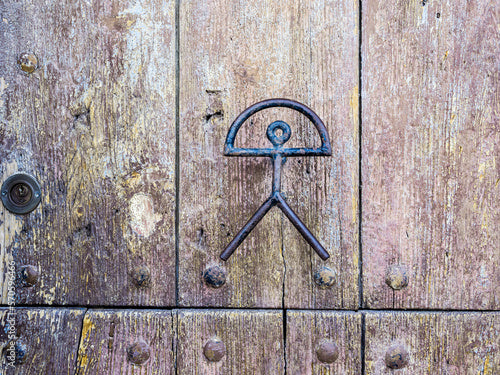
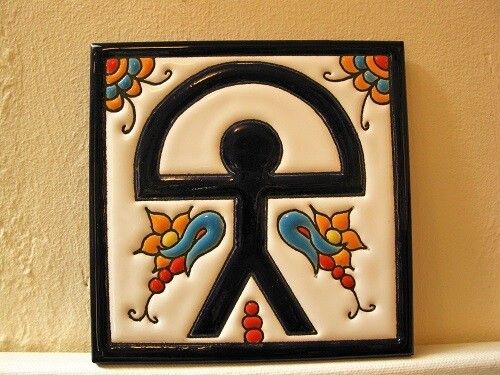
FRANCE
bonne chance!
Aside from perhaps hanging a horseshoe above one’s front door, in France, it is also less common to carry, wear or place a trinket on the welcome mat. Notwithstanding their aversion to physical charms, the country is no less superstitious than other Mediterranean lands and they take drastic action to avoid bad luck swinging their way. Food-related cautions include never placing their beloved baguette upside down on the table, never ever knocking over salt and not having 13 people around a dinner table. In France, purveyors of good luck are making eye contact when clinking glasses, bringing a table into a house as the first furniture item when moving into a new place, wearing a polka dot dress on New Year’s day and, famously, touching wood. It is unclear where most of these superstitions have originated from but these acts are fervently obeyed to vouch for lucky days ahead!
